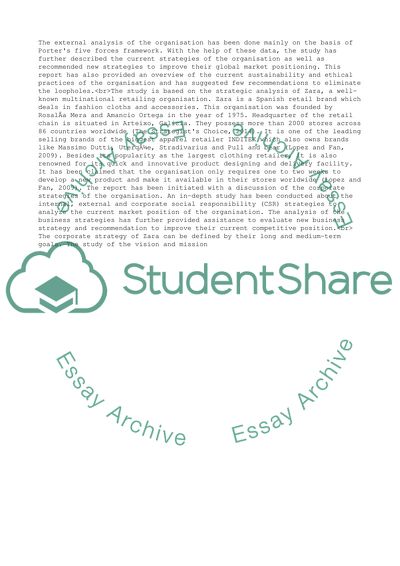Cite this document
(Global stategy Essay Example | Topics and Well Written Essays - 3000 words, n.d.)
Global stategy Essay Example | Topics and Well Written Essays - 3000 words. https://studentshare.org/business/1858187-global-stategy
Global stategy Essay Example | Topics and Well Written Essays - 3000 words. https://studentshare.org/business/1858187-global-stategy
(Global Stategy Essay Example | Topics and Well Written Essays - 3000 Words)
Global Stategy Essay Example | Topics and Well Written Essays - 3000 Words. https://studentshare.org/business/1858187-global-stategy.
Global Stategy Essay Example | Topics and Well Written Essays - 3000 Words. https://studentshare.org/business/1858187-global-stategy.
“Global Stategy Essay Example | Topics and Well Written Essays - 3000 Words”. https://studentshare.org/business/1858187-global-stategy.


